Fareed is Right About Trump, But Wrong About India's Response
Where I must respectfully disagree with Fareed Zakaria is in his suggestion that Trump’s betrayal has permanently soured the Indian people on the United States.
.jpeg) FILE PHOTO: U.S. President Donald Trump holds a cabinet meeting at the White House in Washington, D.C., U.S., August 26, 2025. / REUTERS/Jonathan Ernst/File photo
FILE PHOTO: U.S. President Donald Trump holds a cabinet meeting at the White House in Washington, D.C., U.S., August 26, 2025. / REUTERS/Jonathan Ernst/File photo
In a recent Washington Post column (Trump’s Biggest Foreign Policy Mistake, August 15, 2025), Fareed Zakaria delivers a powerful indictment of President Trump’s decision to impose a 50 percent tariff on Indian goods—lumping India in with pariah states like Syria and Myanmar. Zakaria rightly calls it “Trump’s biggest foreign policy mistake.”
He’s correct on the substance. This is a reckless and unnecessary assault on one of America’s most vital strategic relationships. It disregards decades of bipartisan diplomacy and threatens to undo the extraordinary goodwill between the world’s two largest democracies. Already, there are clear signs that Trump’s action has forced India into closer ties with its longtime ally, Russia, as well as its foe, China. Support for India had come from unexpected quarters, with countries like France, Brazil, Germany, and Nigeria praising Indian Prime Minister for his refusal to back down to the American president.
But where I must respectfully disagree with Zakaria is in his suggestion that Trump’s betrayal has permanently soured the Indian people on the United States.
It hasn’t. At least not yet. Why?
Because the ties between India and America are not just forged in policy but in deeper values that relate to people, principles, and purpose. And those ties are far stronger than the transient disruptions of any one presidency.
A Global Power on the Rise
To understand why this moment matters so much—and why Trump’s misstep is so damaging—we must first understand what India is today. India is no longer a peripheral player or an emerging market in waiting, like it has been for most of the 20th century. It is now the world’s fourth-largest economy and is projected to become the third largest by 2027, surpassing Germany and Japan. It boasts the fastest-growing large economy in the world, with annual growth rates exceeding 6%, belying Trump’s uninformed, off the cuff remark that India is a “dead economy”.
India’s demographics are staggering. It is home to a 1.4 billion–strong population, a burgeoning middle class, and a digital economy that rivals China in scale but surpasses it in openness. Over 850 million Indians are online, the country leads in digital public infrastructure, digital transactions, fintech adoption, and startup creation—with over 100 unicorns. Militarily, India is the third-largest defense spender globally and maintains one of the most professional armed forces in the world. It is an essential player in regional security dialogues like the QUAD, and actively collaborates on maritime and cybersecurity issues across the Indo-Pacific. Prime Minister Modi is a leading voice of the Global South who has shifted the age-old non-alignment policy of India to more aggressive multilateral stance that puts India first. Unlike many other world leaders, the Indian leader is not a man who can be pushed around.
And perhaps most importantly: India is a democracy—messy and noisy, yet vibrant and enduring. With over 950 million eligible voters, it runs the largest democratic exercise in human history every five years. Power changes hands. Courts function. Media debates. Activists protest. And despite its challenges, India continues to stand as a beacon of pluralism and institutional resilience in a region where both are in retreat.
The Only Real Counterweight to China
In the global chessboard of the 21st century, one truth is becoming impossible to ignore: India is the only viable counterweight to an increasingly authoritarian and expansionist China in Asia. Other U.S. allies in the region—Japan, South Korea, Australia—are important. But they are either geographically constrained or politically limited in how far they can project power. India, with its vast landmass, young demographics, growing economy, vast pool of software engineers, and geostrategic location, is the only power in Asia that can stand shoulder-to-shoulder with China in the long run.
India shares a disputed border with Beijing, competes in technology and trade, and offers the world an alternative supply chain ecosystem. But unlike China, it does not seek to dominate or subvert. It seeks partnership, autonomy, and mutual respect.
That’s precisely why American Presidents George W. Bush, Barack Obama, and Joe Biden invested so heavily in deepening ties with New Delhi. From the U.S.-India Civil Nuclear Agreement to Major Defense Partner status, and from QUAD cooperation to critical and emerging technology partnerships, these presidents had the foresight to see the writing on the wall and act.
India is not just a friend. It is indispensable to America’s strategy in Asia.
Trump’s Betrayal—and Why It Will Fail
By abruptly imposing 50% tariffs on India while cozying up to Pakistan’s military establishment, Trump has managed to alienate a loyal partner while empowering a destabilizing force that had fomented terrorism. His reasoning—punishing India for importing discounted Russian oil—rings hollow when even U.S. and its European allies have done the same under different names and when the American President has praised Putin as “a good man”.
But here’s what Trump doesn’t understand: The people of India and its political leadership has civilizational memory that is long. They forget neither friends nor foes. And they can smell a imperial mindset from thousands of miles. They also know that America is bigger than Donald Trump.
Indian’s have seen America stumble before and seen it rise again. Indians understand that just like their ancient civilization, American strength lies not in its perfection, but in its ability to self-correct. Trump’s “America First” doctrine may echo loudly with his supporters, but it increasingly stands in isolation. Even within the U.S., bipartisan voices are pushing for course correction, strategic sanity, and rebuilding lost alliances. American economist Steve Hanke, who had served on the Economic Advisory Council of former U.S. President Ronald Reagan, called Trump’s tariff plans discriminatory against a key strategic ally and will lead to a recession soon. He suggested that India (and China) just needs to stand its ground and wait it out. They seem to not only be doing that but also setting aside their differences to face what they perceive as an unfair show of authority by the US.
A Relationship Forged in People and Culture, Not Just Policy
The 4.5 million Indian Americans who live and work across the United States are not just contributors—they are connectors with the highest household income among all ethnic groups in the US. They serve as cultural ambassadors, scientists, entrepreneurs, medical professionals, educators, and public servants. Indian students fill America’s universities, bringing in valuable revenue that supports hundreds of higher education institutions. Indian entrepreneurs are behind many of Silicon Valley’s most successful startups and are CXOs of many of our large companies, such as Google, Microsoft, and IBM. American companies, in turn, are investing in India’s future at an unprecedented pace. These ties are organic, human, and Resilient. And no single executive order or tariff policy can erase them.
The Clock Is Ticking
Of course, Fareed Zakaria is right that this is a moment of grave danger for US-India relationship. Trump’s policies are a strategic blunder. But where I beg to differ is that they are the end of the road—unless the United States fails to correct its recent policy blunders.
America – and by that, I mean not just the US Congress and the senior policy advisors to the President- but also the larger American business community and sub-national players like American states, cities and towns must step into the breach. They have to convince the Trump administration to reverse course before it is too late. Collectively, they also have to reassure India that this deviation is an aberration, that is not permanent. And both sides must invest again in the long game—in shared values, shared prosperity, and shared security. More US states and cities should follow the example of New Jersey Governor Phil Murphy, who, along with ChooseNJ and the NJ-India Commission, is leading a business delegation to four Indian states in September 2025 to boost trade between India and NJ.
Why is this important? Because in the new world taking shape, there is no path to global stability and American security that does not run through India. If the US does not take corrective action soon, it is conceivable that the Trump tariff on India could be the beginning of a global realignment that shakes up the world order.
Suresh U. Kumar is a professor, serial entrepreneur, author, and was appointed by New Jersey Governor to the NJ-India Commission. The opinions expressed in this article are his own and do not represent the views of any of the organizations he is affiliated with.
(The views and opinions expressed in this article are those of the author and do not necessarily reflect the official policy or position of New India Abroad)
ADVERTISEMENT
ADVERTISEMENT
E Paper
Video



1759173958.png) Suresh U. Kumar
Suresh U. Kumar

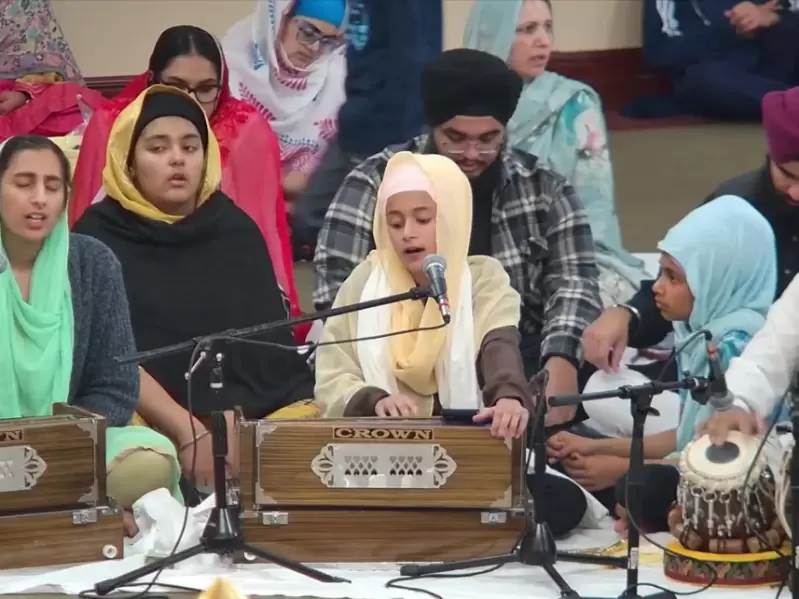
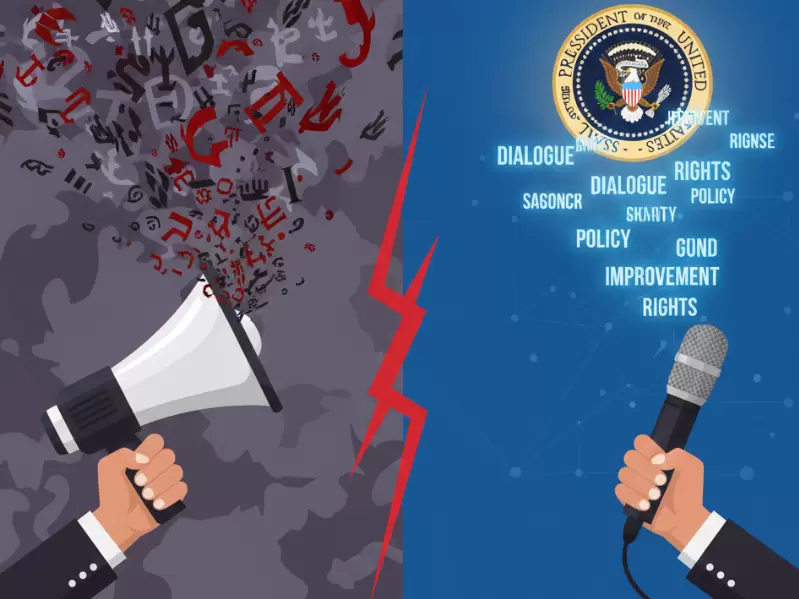

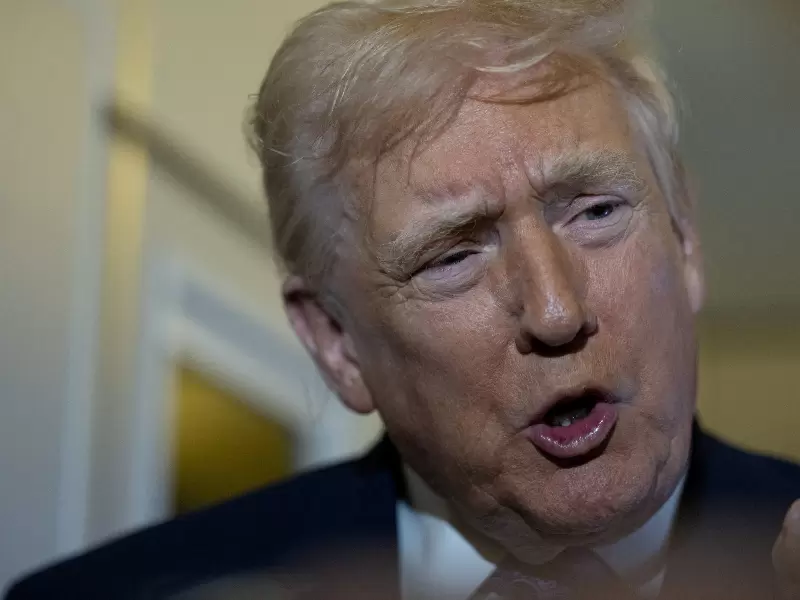
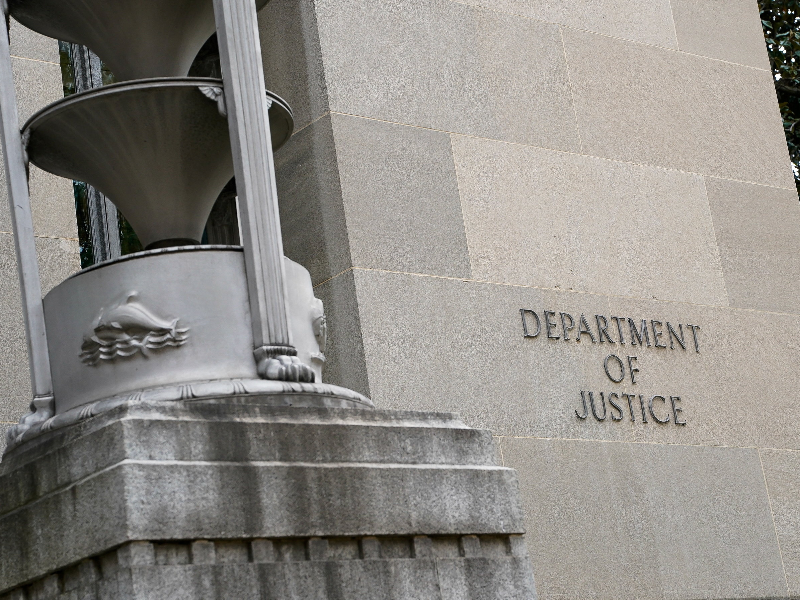

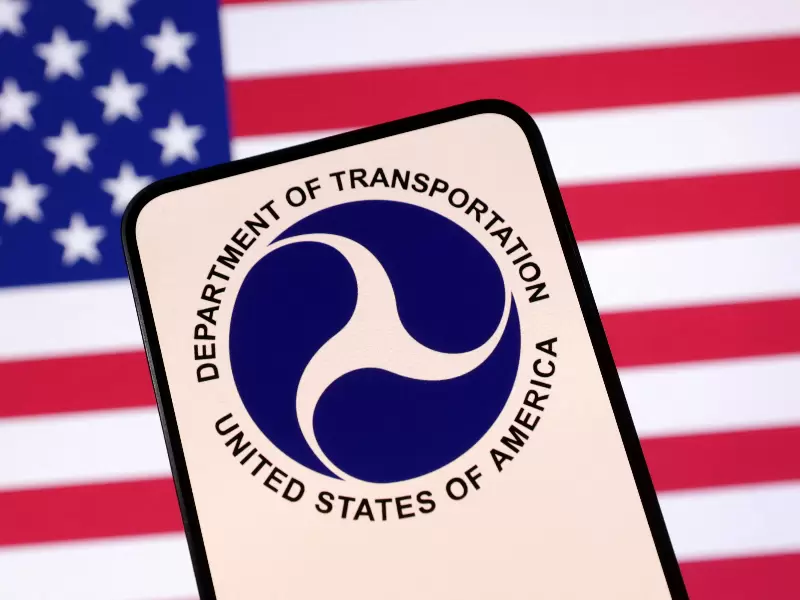
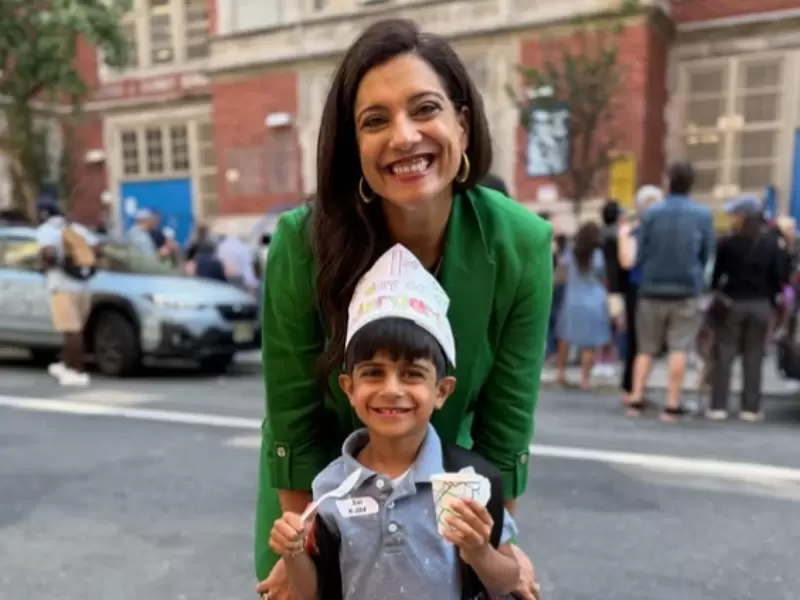



Comments
Start the conversation
Become a member of New India Abroad to start commenting.
Sign Up Now
Already have an account? Login